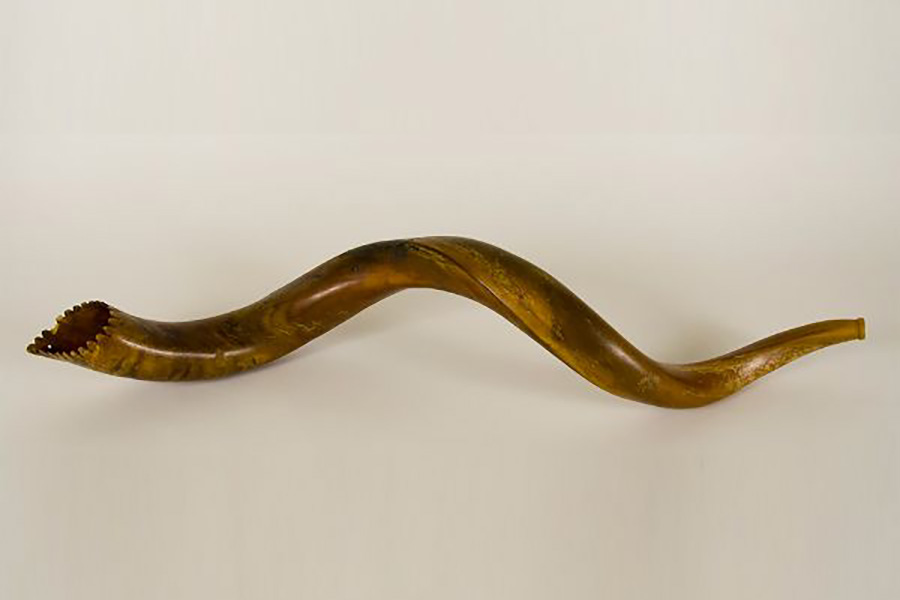The word adan (𐤀𐤃𐤍) means “pedestal” meaning architectural support for a column, statue, vase, or the like.
The Paleo-Hebrew language or the original language of the Ābarayam is one spoken with an emphasis on the rauakh (breath, wind, spirit). With the language of the Ābarayam, each letter has a meaning and a number associated with it that adds meaning to each word they’re used with. Below you will be able to learn more about the letter in Ancient Hebrew, Yiddish Hebrew, Greek, and much more.
Letter Meanings
| Letter | Meaning |
|---|---|
| 𐤀 (a) – ah | Ox, strength, leader Suffix: Turns word into first-person |
| 𐤃 (d) – da | tent door, pathway |
| 𐤍 (n) – na | offspring, seed, fish, heir, kingdom, continue, perpetuate Suffix: forming nouns denoting one with a certain characteristic. |
| Ābarayat Number | 55 = 1 (a) + 4 (d) + 50 (n) |
| Hebrew Gematria | 46 = 1 (a) + 4 (d) + 1 (a) + 40 (n) |
| English Gematria | 120 = 6 (a) + 24 (d) + 6 (a) + 84 (n) |
| Simple Gematria | 20 = 1 (a) + 4 (d) + 1 (a) + 14 (n) |
Based on the meaning of the letters the word could be defined as:
- “strength of pathway for a kingdom”
- “strength of pathway to perpetuate”
Definitions for 𐤀𐤃𐤍 / adan
| Language | Word | Transliteration | Pronunciation | Definition |
|---|---|---|---|---|
| Ābarayat | 𐤀𐤃𐤍 | adan | aw-dan | a base, pedestal, foundation, socket. |
| English | pedestal | pedestal | ped-uh-stl | architectural support for a column, statue, vase, or the like. |
| Hebrew | אֶדֶן or אָדוֹן | eden or adon | eh’-den or aw-done’ | a base, pedestal. |
| Arabic | عتبه or السيد | utbah or alsyd | oot-bah or al-say-id | threshold |
| Greek | κύριος | kurios | koo’-ree-os | lord, master, sir; the Lord |
Images for 𐤀𐤃𐤍 / adan


Important Note
In Strong’s Hebrew, the word adauan is spelled אָדוֹן or 𐤀𐤃𐤅𐤍. However, in scriptural records, the word is spelled אֲדֹנָ֗ or 𐤀𐤃𐤍. Thus, we have combined the two words for the records of the Paleo-Hebrew Dictionary and AAV Scriptures.
Definitions for 𐤀𐤃𐤍𐤉 / adanay
When adding the 𐤉 (yad) to the end of a word, it creates a possessive of the original word. It can either signify “my…” or identify a member of a nation. For example, 𐤏𐤁𐤓 (Ābar) is the progenitor, but 𐤏𐤁𐤓𐤉 (Ābaray) is the singular descendant of him also known as a Hebrew.
| Language | Word | Transliteration | Pronunciation | Definition |
|---|---|---|---|---|
| Ābarayat | 𐤀𐤃𐤍𐤉 | adanay | awd-ney | |
| English | ||||
| Hebrew | ||||
| Arabic | ||||
| Greek |
Images for 𐤀𐤃𐤍𐤉 / adanay


Definitions for 𐤀𐤃𐤍𐤉𐤌 / adanayam
When adding the 𐤌 (mayam) after the 𐤉 (yad) to the end of a word, it creates a plural of the original word. It can identify multiple members of a nation. For example, 𐤏𐤁𐤓 (Ābar) is the progenitor, but 𐤏𐤁𐤓𐤉𐤌 (Ābarayam) are the plural descendants of him also known as Hebrews.
| Language | Word | Transliteration | Pronunciation | Definition |
|---|---|---|---|---|
| Ābarayat | 𐤀𐤃𐤍𐤉𐤌 | adanayam | aw-dan-yawm | sills |
| English | Sills | Sills | sils | a horizontal timber, block, or the like serving as a foundation of a wall, house, etc. |
| Hebrew | ||||
| Arabic | ||||
| Greek |
Images for 𐤀𐤃𐤍𐤉𐤌 / adanayam


Definitions for 𐤀𐤃𐤍𐤉𐤕 / adanayat
When adding the 𐤕 (tau) after the 𐤉 (yad) to the end of a word, it creates a plural of the original word. It identifies the language or a sign of a nation’s existence. For example, 𐤏𐤁𐤓 (Ābar) is the progenitor, but 𐤏𐤁𐤓𐤉𐤕 (Ābarayat) is the language of him also known as Paleo-Hebrew language.
| Language | Word | Transliteration | Pronunciation | Definition |
|---|---|---|---|---|
| Ābarayat | 𐤀𐤃𐤍𐤉𐤕 | adanayat | aw-dan-yawt | planter |
| English | planter | planter | plan-ter | a person who plants. |
| Hebrew | ||||
| Arabic | ||||
| Greek |
Images for 𐤀𐤃𐤍𐤉𐤕 / adanayat


Classification
You can continue your studies of the words by viewing Strong’s entries for:




